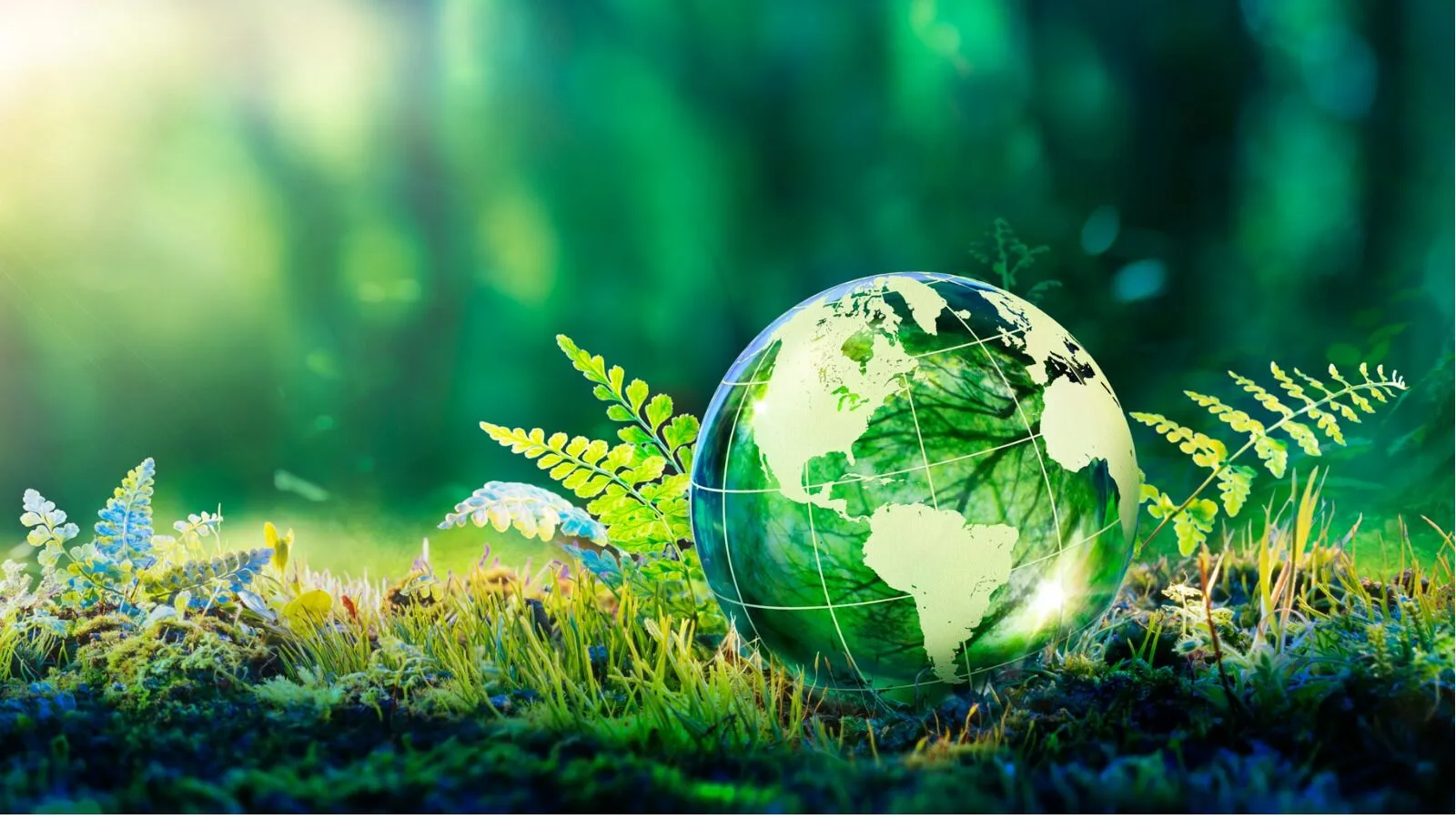
Powering the Future in 2025 As the world continues to confront the dual crises of climate change and energy insecurity, the renewable energy sector has seen transformative advancements. In 2025, several technological and policy breakthroughs are reshaping the global energy landscape, making clean energy more efficient, affordable, and scalable than ever before.
1. Next-Generation Solar Panels
One of the most exciting developments in renewable energy is the commercialization of perovskite-silicon tandem solar cells. These next-generation panels offer conversion efficiencies exceeding 30%, a significant leap from the traditional 20-22% achieved by standard silicon panels. Companies like Oxford PV and several Chinese manufacturers are now scaling up production, making these high-efficiency panels more accessible for residential and utility-scale use.
2. Green Hydrogen Gains Momentum
Green hydrogen—produced using renewable electricity and water electrolysis—is increasingly viewed as a key solution for decarbonizing heavy industries and long-distance transport. Powering the Future in 2025 In 2025, several large-scale green hydrogen projects have gone live, including Australia’s Western Green Energy Hub and Saudi Arabia’s NEOM facility. These projects aim to produce millions of tons of hydrogen annually, helping to displace fossil fuels in sectors where direct electrification is difficult.
3. Breakthroughs in Energy Storage
Storing renewable energy reliably has always been a challenge, but major progress is being made. Solid-state batteries are nearing commercial deployment, promising longer lifespans, faster charging, and higher energy densities. Additionally, iron-air batteries, like those developed by Form Energy, are being piloted in grid-scale installations. Powering the Future in 2025 These systems offer cost-effective, multi-day storage capabilities that help smooth out the intermittency of solar and wind power.
4. Floating Wind Farms
Offshore wind power continues to expand, and 2025 marks a turning point with the successful deployment of large-scale floating wind farms. Projects off the coasts of Norway, Scotland, and Japan are now operational, harnessing strong, consistent winds in deep waters that were previously inaccessible to fixed-bottom turbines. These installations are helping countries meet ambitious renewable energy targets while minimizing land use.
5. AI and Smart Grids
Artificial intelligence is playing a growing role in optimizing energy systems. Powering the Future in 2025 AI-driven smart grids are now being used to balance supply and demand in real-time, Powering the Future in 2025 integrate distributed energy resources like rooftop solar and home batteries, and improve grid resilience. In cities like Amsterdam and San Diego, intelligent grid management is already reducing outages and enabling more efficient energy distribution.
6. Policy and Investment Support
Governments and investors are also accelerating the shift to renewables. In 2025, global investment in clean energy technologies is projected to surpass $2 trillion for the first time. The U.S. Inflation Reduction Act, the EU Green Deal, and China’s 14th Five-Year Plan have all channeled significant resources into renewable infrastructure, research, and workforce development.
Conclusion
The renewable energy revolution is no longer a future goal Powering the Future in 2025 —it’s happening now. With breakthroughs in solar, hydrogen, storage, and smart technology, the pathway to a low-carbon, sustainable energy system is clearer than ever. As these technologies continue to mature and scale, the world edges closer to a greener, more resilient future.



